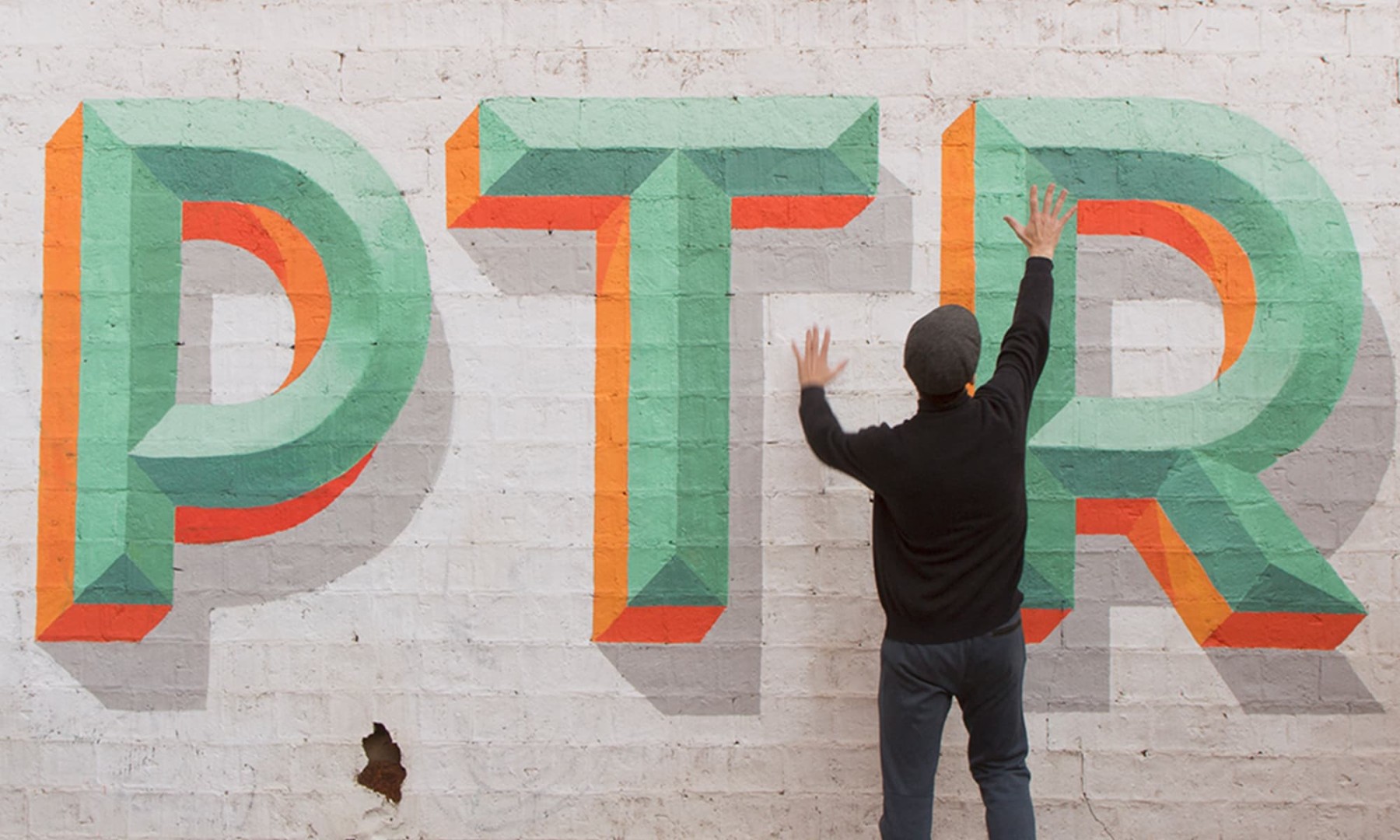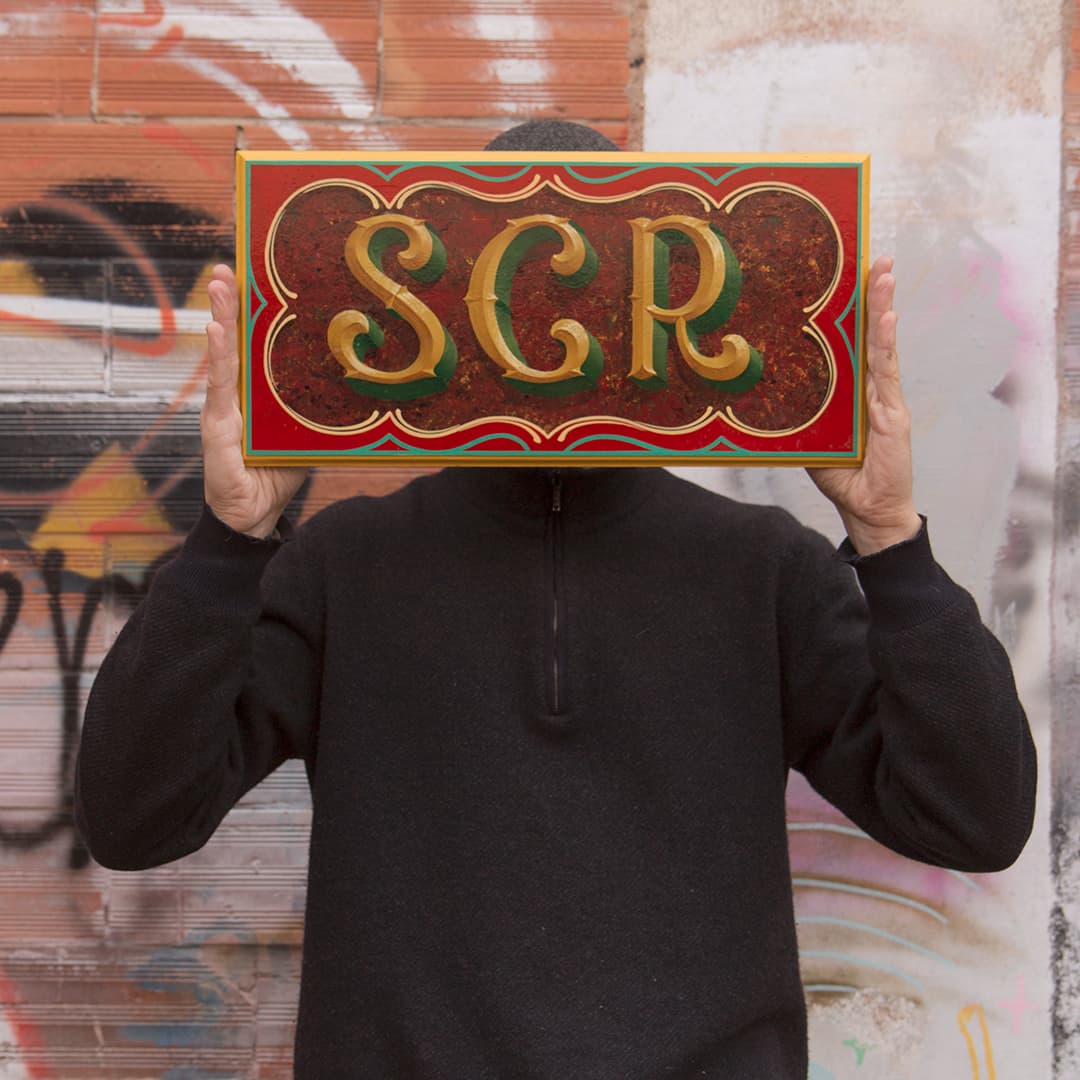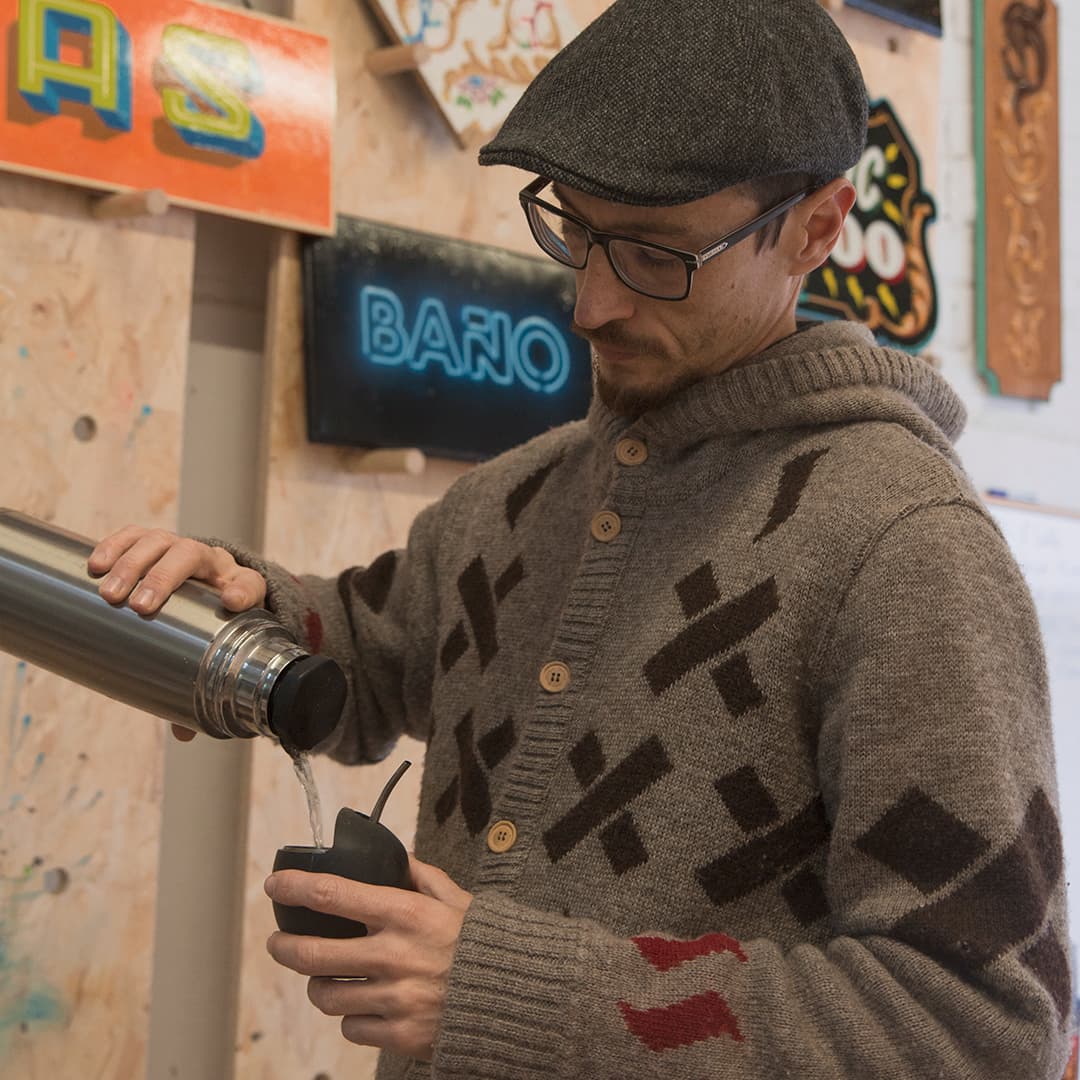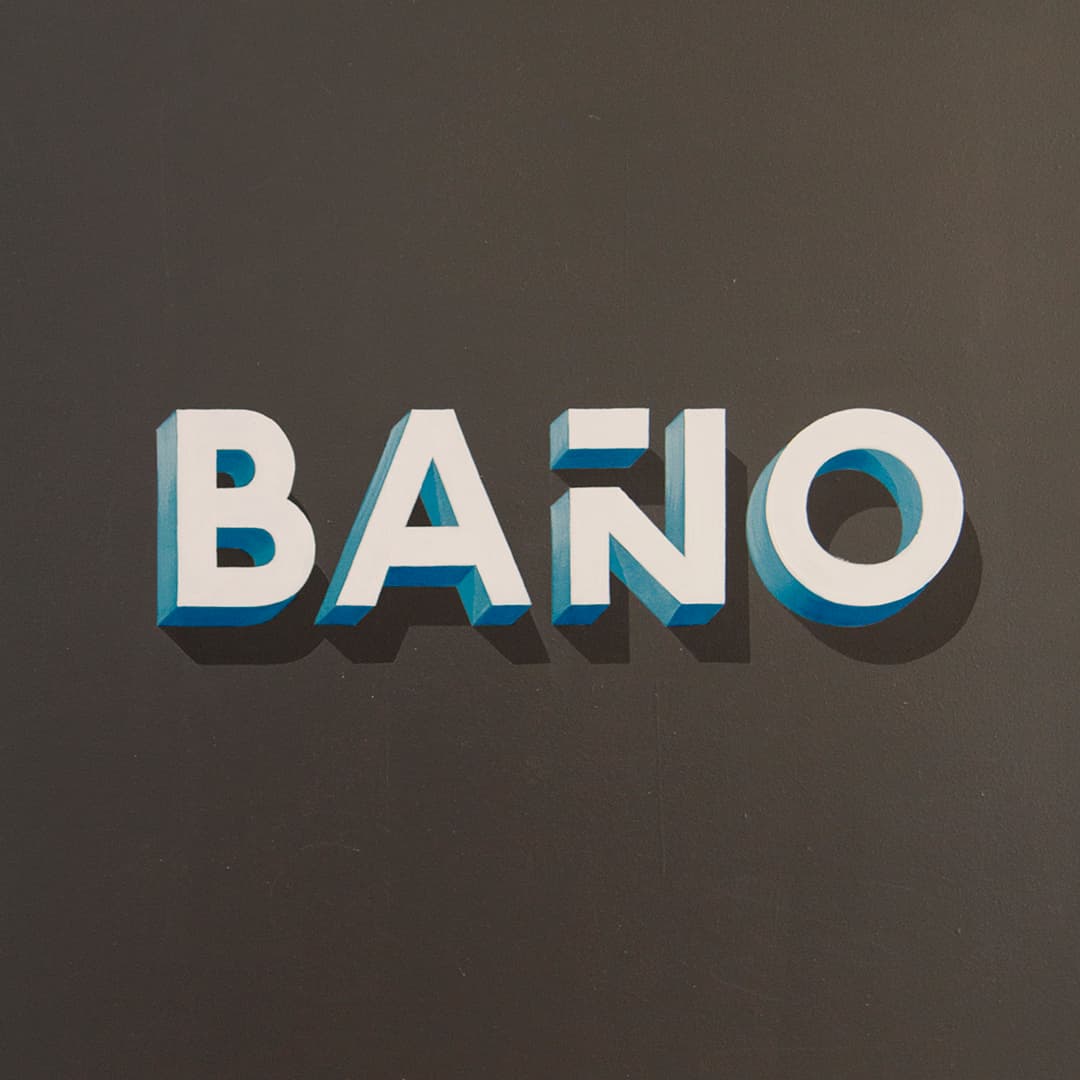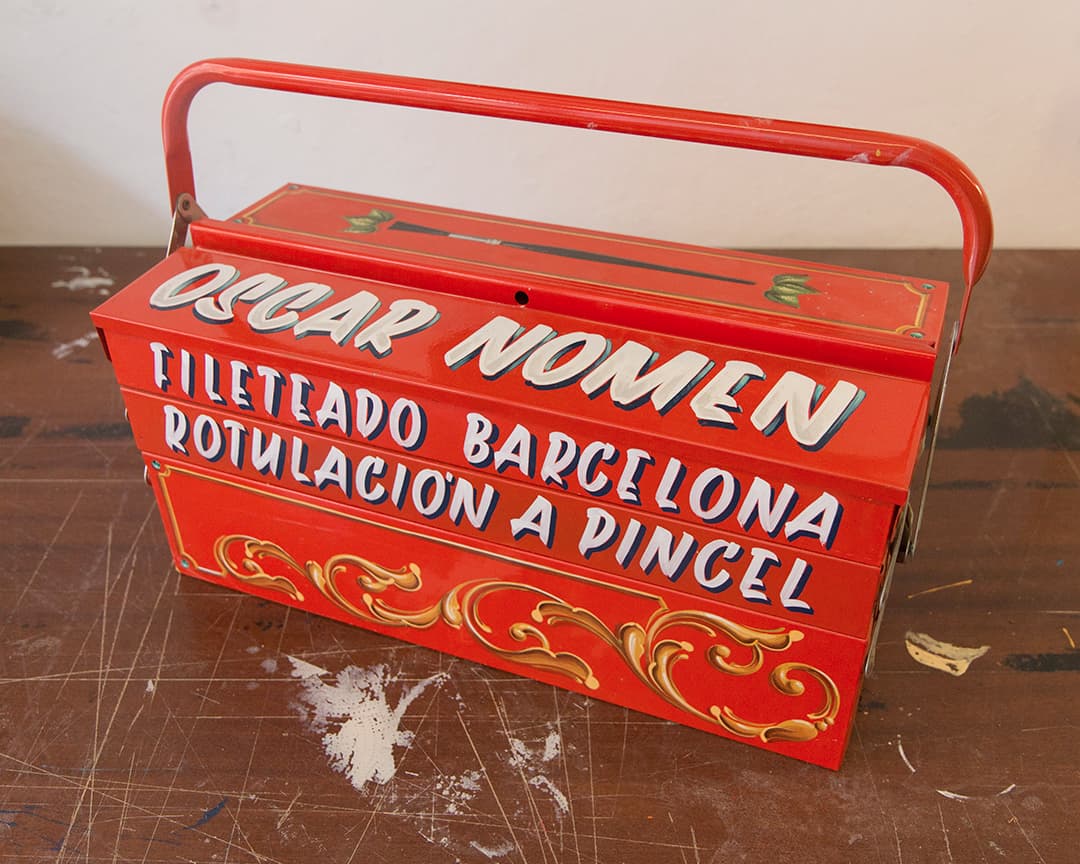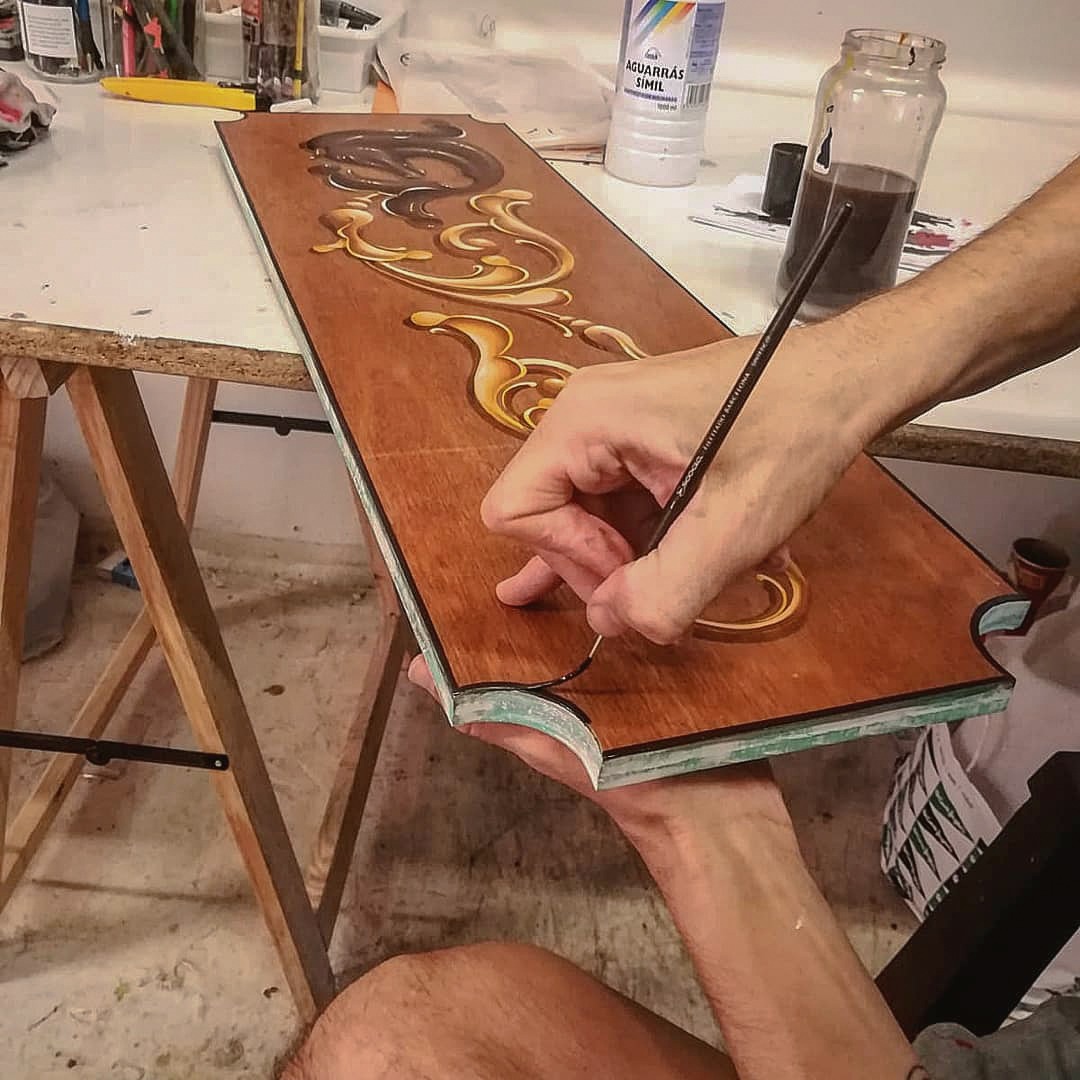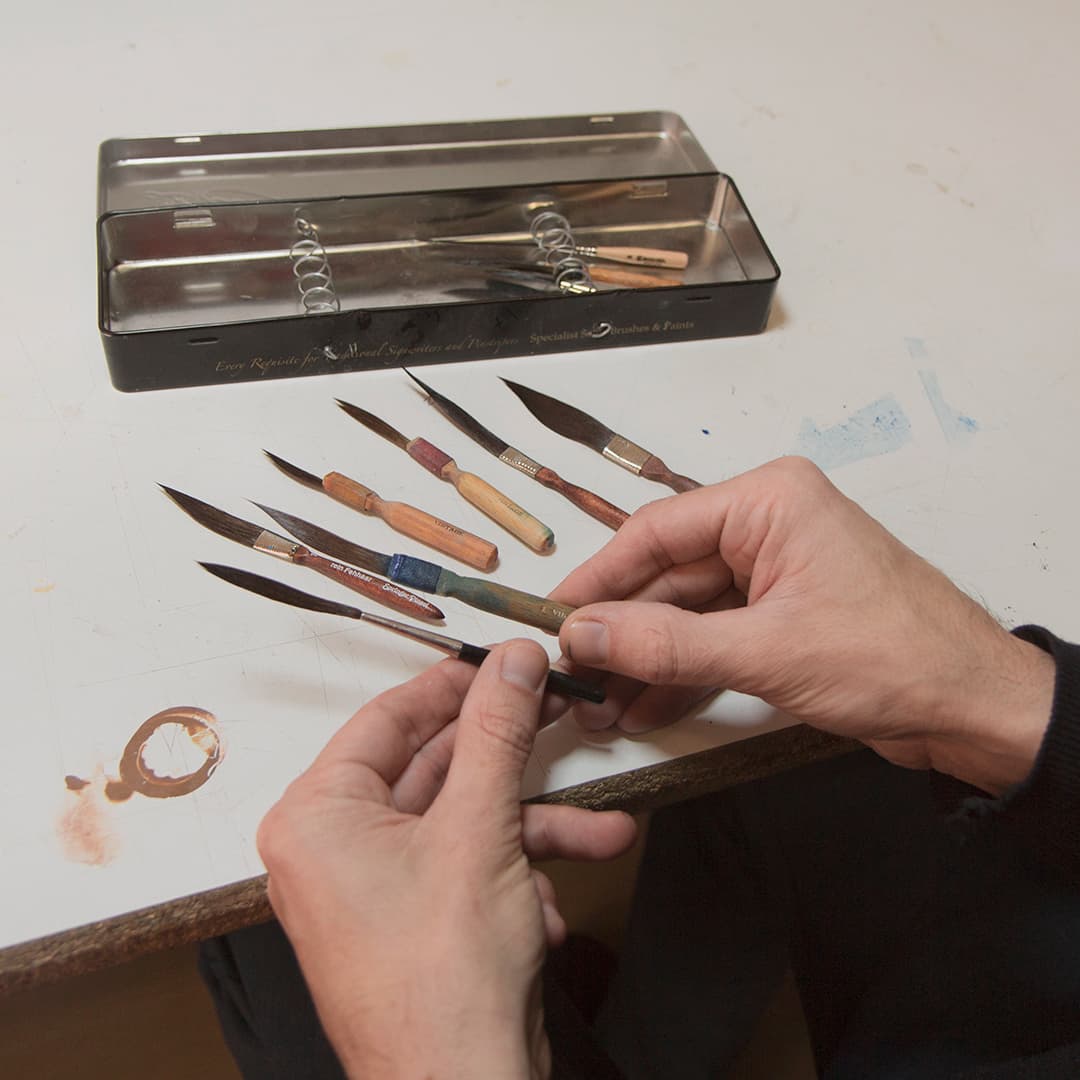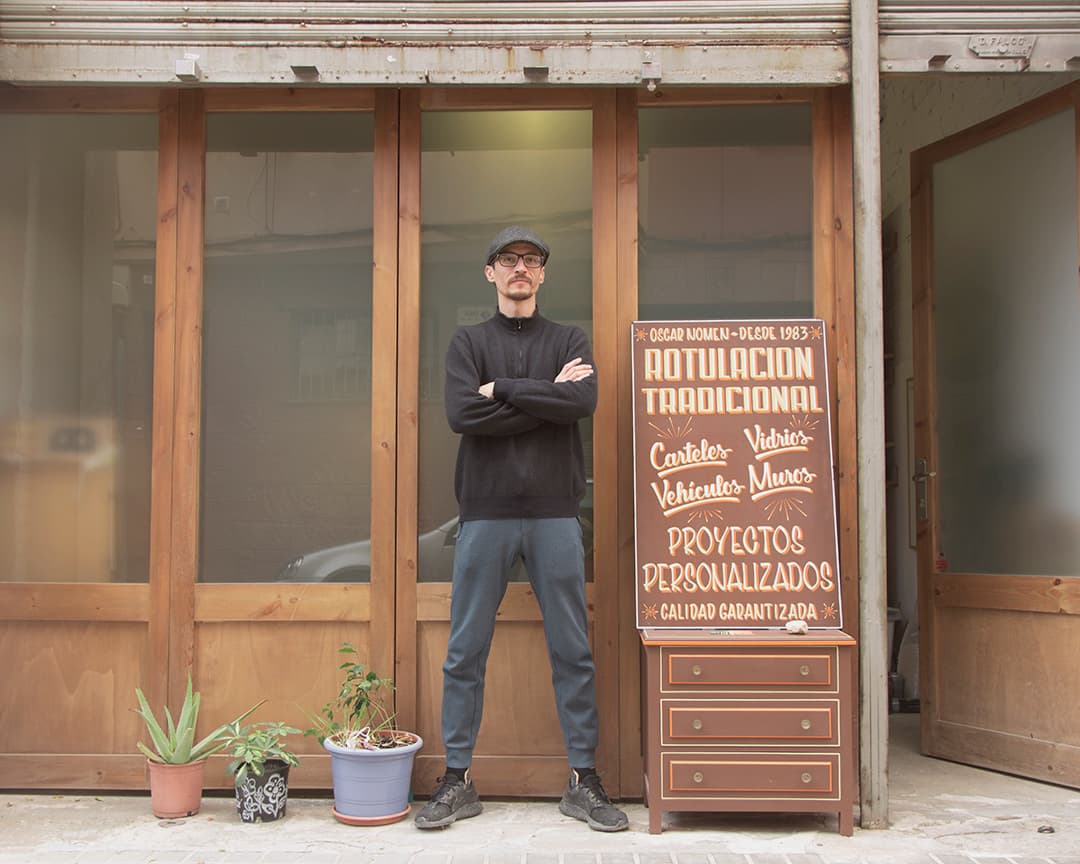Oscar Nomen: "The craft must embrace technology but not be surpassed by it".
"All rights reserved, but use, distribute, and learn all you want from what I do". The disclaimer at the top of Oscar Nomen's web page defines, to a great extent, his life philosophy, as well as his craft and approach to learning. Born in New York in 1983, he grew up in Barcelona. In 2006 he moved to Buenos Aires, drawn to the local Fileteado Porteño style. There he found his teacher and fell in love with his craft.
In this interview, he tells us about his life before and after that, including a few years he spent in Chile.
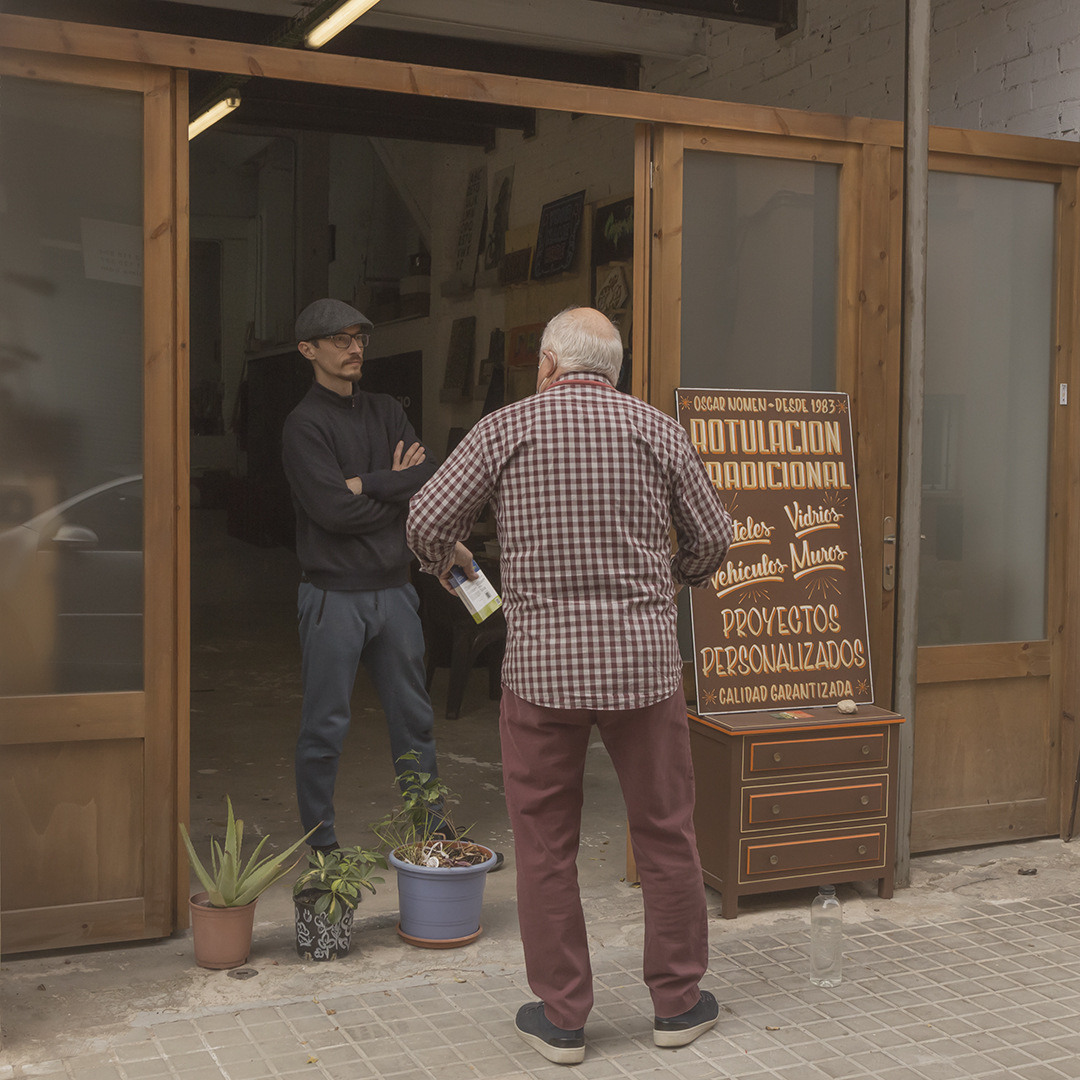
Tell us a bit about your childhood and teenage years. Do you have memories of something (like a situation, an experience, a person or an artist) that specifically influenced you to become a designer?
I spent my childhood and adolescence in Barcelona, and one event transformed the city for the better: the Olympic Games. The games had a mascot, Cobi, developed by Estudio Mariscal, where my father worked. My brothers and I used to go there to geek out, and he would spoil us and show us what they were working on. Spain was coming out of a very harsh dictatorship, there was an explosion in sexuality and human values, with a lot of magazines and comic books being published. I remember three of the illustrators working on them perfectly because we used to go to their houses on weekends: Gallardo, Mediavilla and Nazario, among others.
How did you come into contact with lettering? What was it that first attracted you to it? And how has that relationship evolved over time?
My first conscious encounter with it came from learning to write in school, with those ruled notebooks and the endless repetition of cursive letters. I enjoyed writing. After that I studied industrial design at Elisalva, in Barcelona. I had a great time there; it was the happiest period of my life. During my senior year I took an elective that turned my world upside down: calligraphy.
I moved to Buenos Aires after graduation. My calligraphy was becoming small in format, and I was looking for a way to make bigger letters. Fileteado Porteño was a revelation. I had three teachers: Alfredo Genovese, José Espinosa and my master, Elvio Gervasi. It took me about 4 years to digest everything he taught me, and I developed the utmost respect for the figure of the teacher as a conduit of knowledge.
"Calligraphy is a craft that requires a state of absolute concentration, which implies that you must prepare for it".
The world of "formal education" implies a particular form of knowledge transmission, but you chose to go to Buenos Aires to learn Fileteado Porteño. What motivated that choice? Tell us about your experience with hands-on learning.
I chose to go to Buenos Aires after finishing my degree and "complying" for a while. I was working in a design agency at the time but it was a disaster, I didn't understand anything. I quit and began studying Fileteado. I decided to take pictures of all the Fileteado posters in the city, because there were many and nobody had documented them. The result is a photographic archive with over 1,500 pictures sorted by trade, author and location.
I was in the middle of that when I found a giant poster... letters, ornaments, birds, pearls, a portrait of Gardel, all executed with an unparalleled technical and compositional level. It was the work of Elvio Gervasi. I called him up and he agreed to take me on as a student. There's nothing like that kind of apprenticeship, where you can ask questions directly. You learn so much.
After Argentina, you spent some time in Chile before returning to Spain. Did your experience as an immigrant have an impact on your work then or now? Did your travels change your outlook on design or your professional work? Did you encounter cultural barriers?
Argentina was like studying a second major in an incredibly stimulating environment. Chile was very different. I shifted my focus from pure learning to developing as a professional. I was in Chile for 8 years. The last 3, things started going downhill. The peace and quiet wasn’t to my liking anymore, so I decided to leave. I came back to Barcelona last year. It wasn’t hard to readjust to living here, but starting your work life again from scratch can be emotionally taxing.
Your work is centered on the letter and seems to exist outside the digital space, even employing furniture and objects in its execution. Could you tell us about the message, concept and/or ideas behind this? What is the function of design, in your view?
The virtual world does me more harm than good. I need manual labor, I need to spend hours sanding things down. We are thinking beings associated with a body and the body demands to be used. In painting, you work with wood and glass, you get to know the streaks, you mix paint, you cut yourself, you hammer your thumb, that makes the job beautiful. And if I can also convey a positive message, that’s all the better.
The concept of design doesn't make much sense to me. When I go to a "design museum" I see craft, not design. I see a thinking mind that projected a chair, went to the best blacksmith and the best upholsterer and all three made the chair. Design has been associated with a wealthy elite who design priceless cars and collector's chairs. Design is fast-paced, competitive and overwhelming. Craft builds the world around us, it gives pleasure and satisfaction.
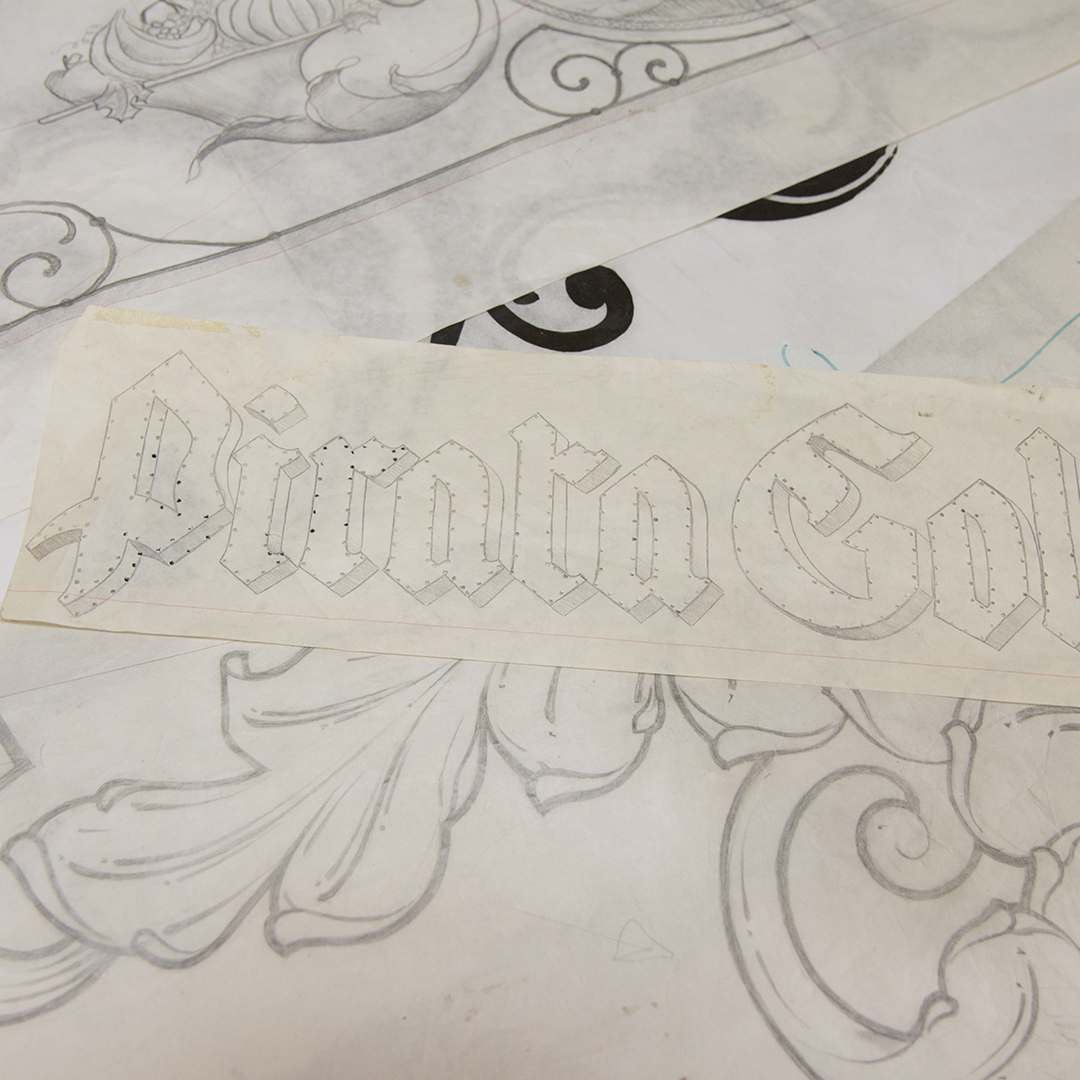
"I need manual labor, I need to spend hours sanding things down"
In previous conversations we've spoken about the crisis in the educational system. In that sense, your work is resistant to the "norm"; the analogue opposing the digital, craft opposing academia. Can you elaborate on your position on these more "rigid", imposed structures? Are there any particular experiences that led you to this "opposition"?
I have mixed feelings about academia. My college experience was very positive. On the other hand, I learned what's directly applicable to clients on the job. You need a teacher to guide you, at least in the beginning, until you are ready to start innovating. It's good to start out with a rigid structure, to force yourself to follow some rules knowing that you will be able to dismantle them later. But out of respect for those who came before you, things should be learned just as they conveyed them.
Any predictions about the duality in the craft of signage as opposed to that more academic and digital vision?
Signage almost went away with vinyl. Although many jobs were lost, there's a lot of people interested in going into signage now. The Letterheads event is proof of that, with over 200 people sharing techniques and experiences. The craft must adapt to the times, clients and economic systems. For instance, I just started using Procreate on the iPad. The craft has to embrace technology but not be outdone by it. The hand, the mind and the heart always rule, the rest are just tools.
"The craft must embrace technology but not be surpassed by it"
What are you working on right now?
I'm still adjusting to Barcelona. I recently set up a big space to use as a workshop. Now I can focus on teaching signage, which I believe I have the vocation for. I'm planning to tour northern Spain teaching letter and ornament signage. I've been fortunate to keep getting work there. And I'm still trying new things, of course: I have two leather jackets ready to be painted, some Mexican skulls that I want to modify, glass designs to work in gold and furniture to restore. You've got to just keep at it!
